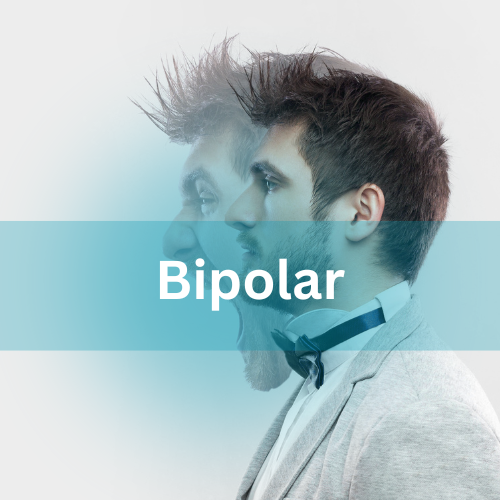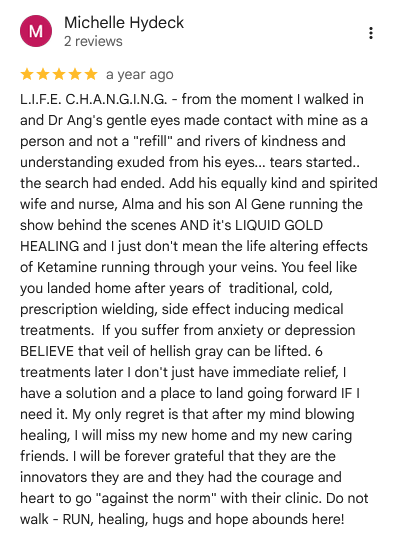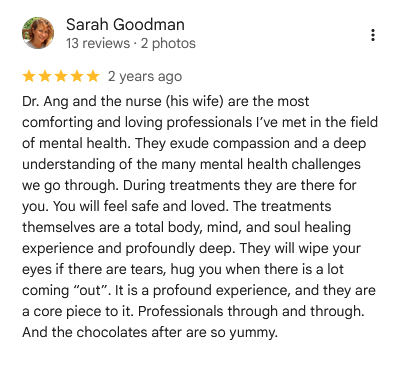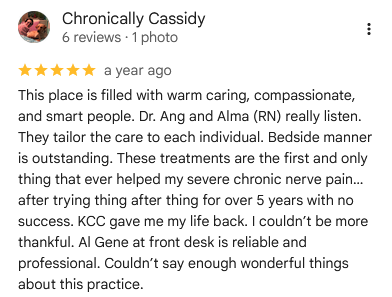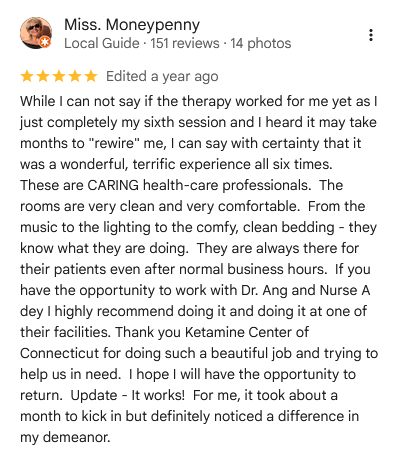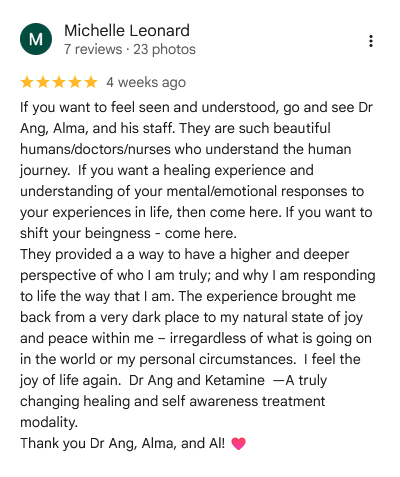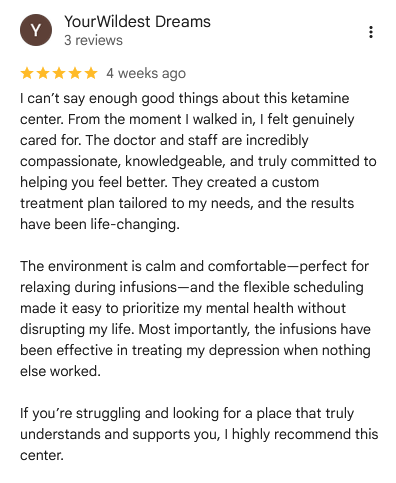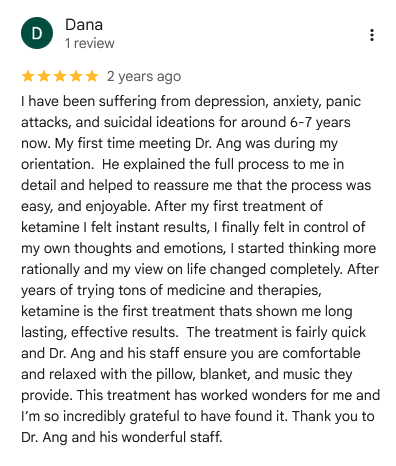Ketamine Overview
Ketamine, listed on the World Health Organization’s Essential Medicines List since 1985, serves as a reliable anesthetic and analgesic agent. It is known for its safety, as it does not induce respiratory depression or hypotension, common side effects associated with other anesthetics. Recent studies, including those conducted by the National Institute of Mental Health (NIMH), have highlighted its rapid and robust effectiveness in treating Major Depressive Disorder, especially when other treatments have failed. Ketamine acts swiftly, potentially alleviating symptoms within hours or days, eliminating the usual 6-8 weeks wait associated with most antidepressants.
Ketamine Infusion Therapy Treatment
We offer Ketamine Infusion Therapy for a range of mood disorders, including but not limited to:
- Severe Chronic Depression
- Major Depressive Disorder (MDD)
- Bi-Polar Disorder (BPD)
- Treatment-Resistant Depression
- Obsessive-Compulsive Disorder (OCD)
- Post Traumatic Stress Disorder (PTSD)
- Extreme Anxiety
- Postpartum Depression






